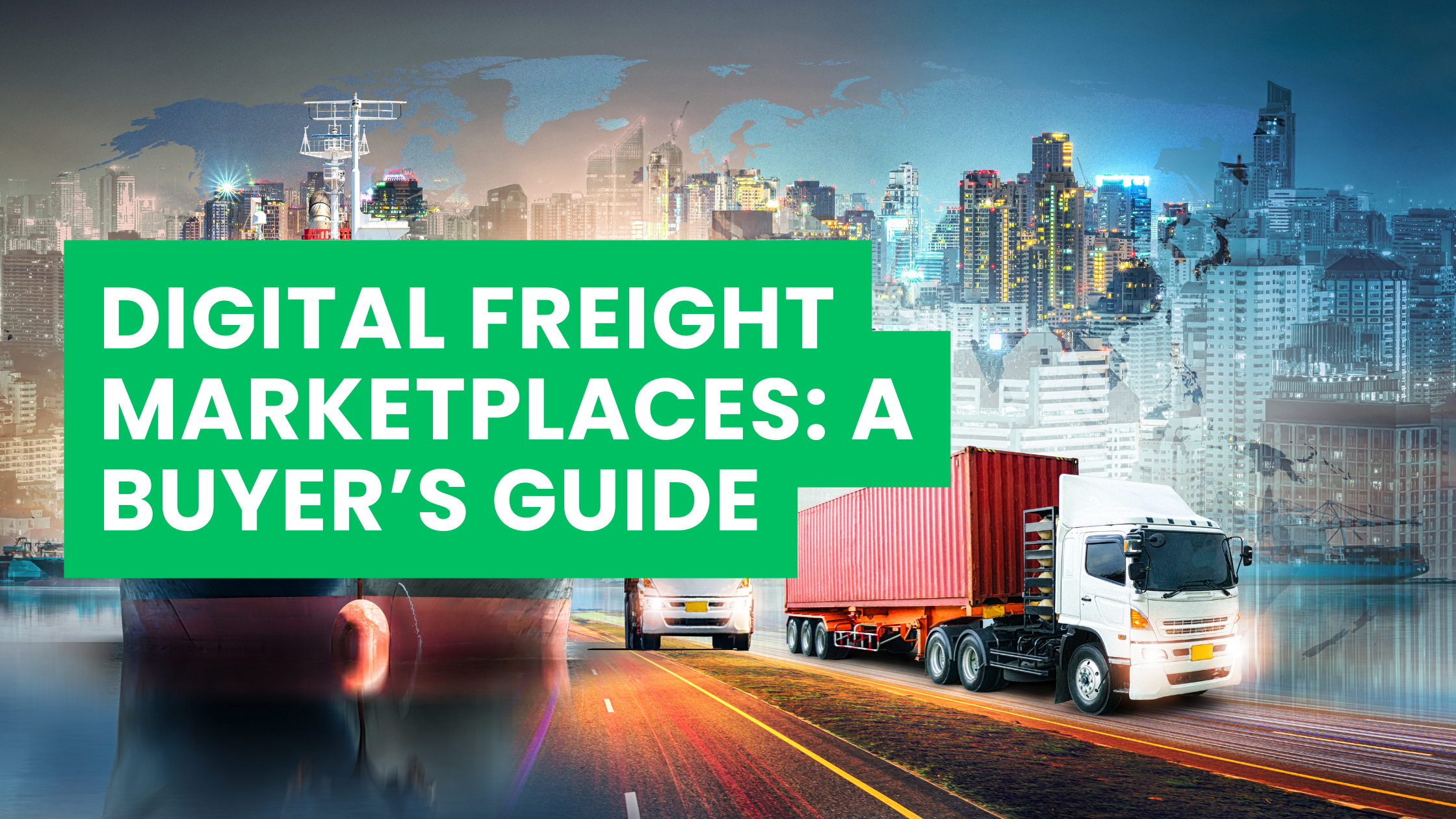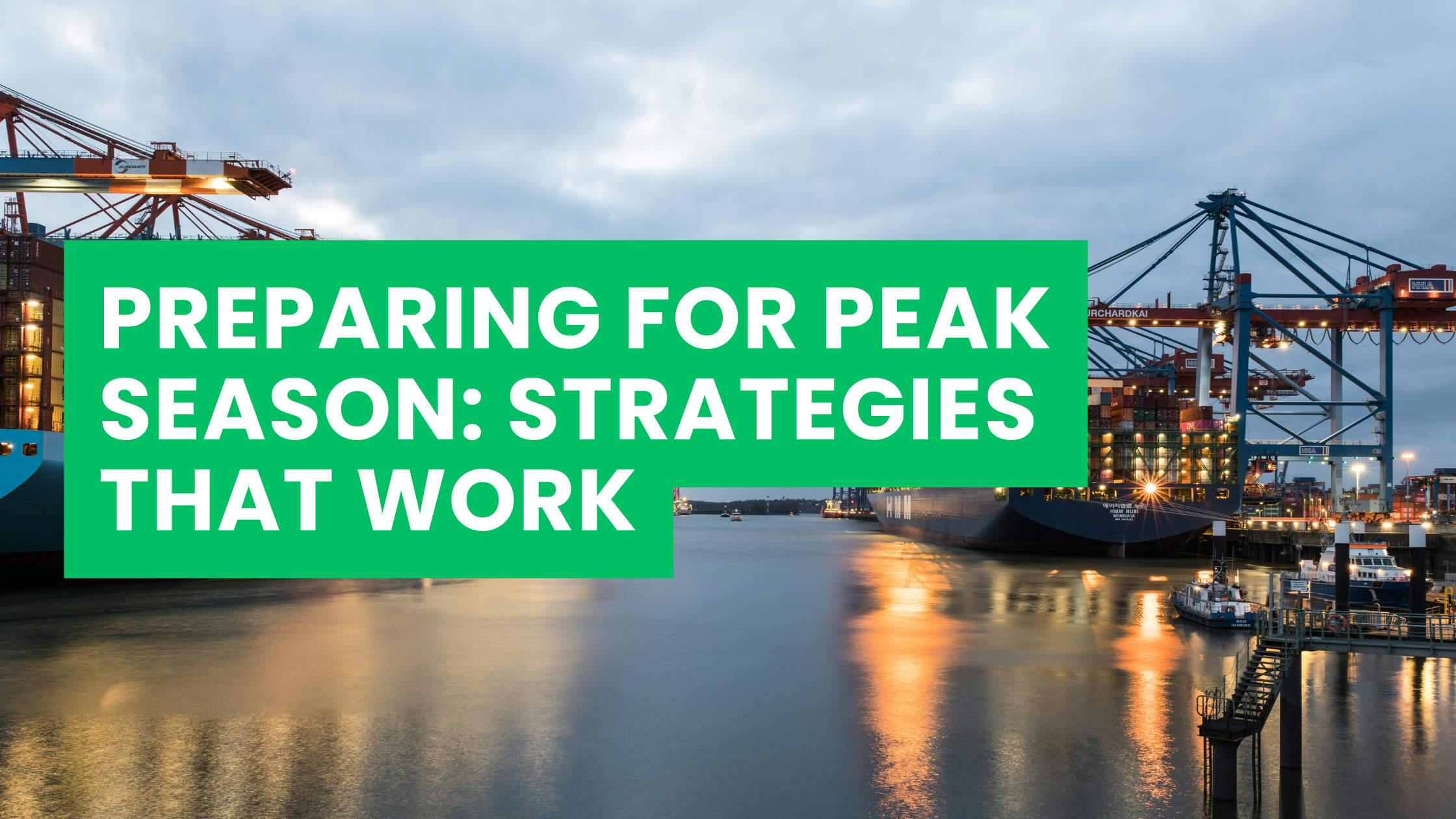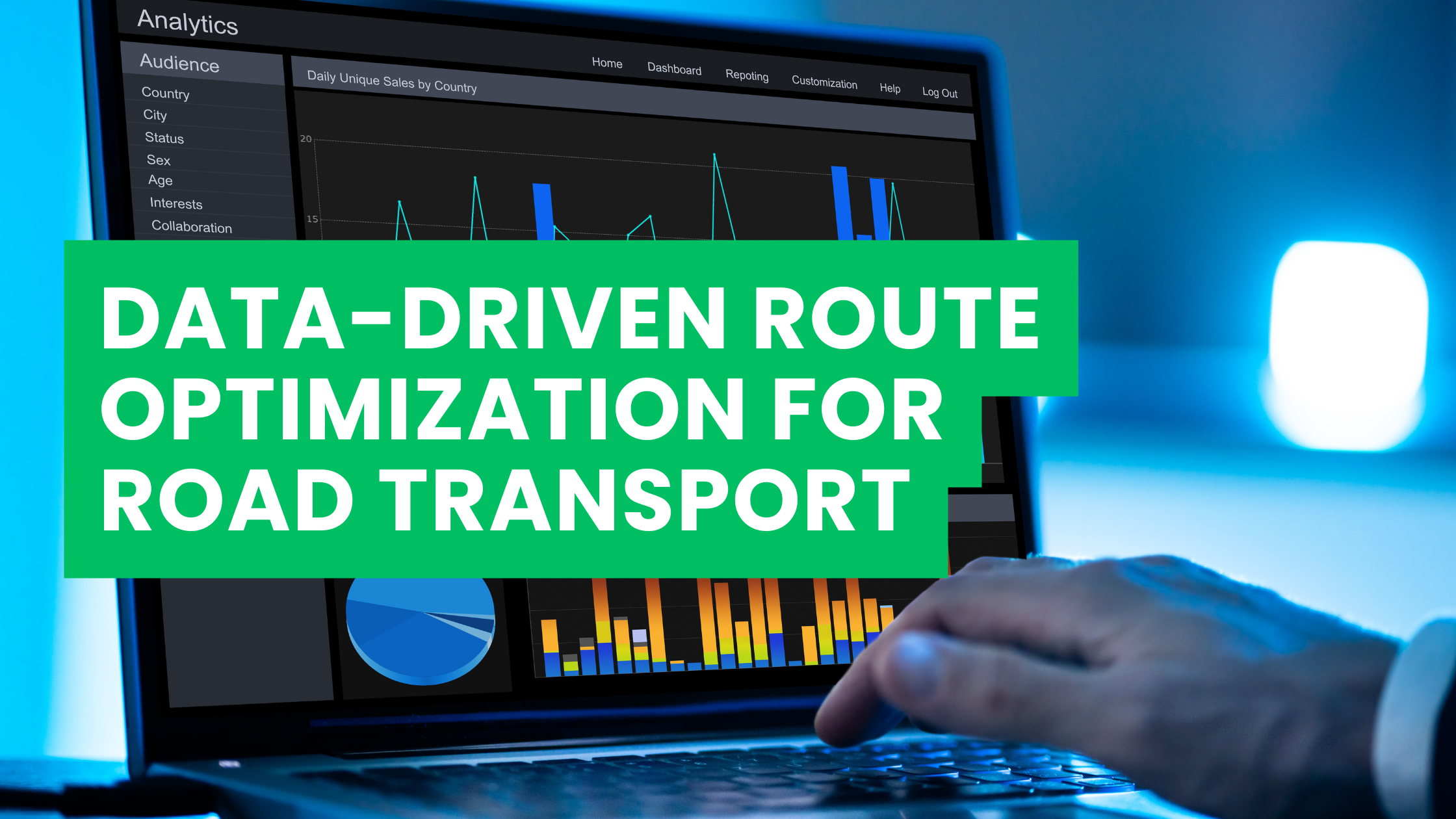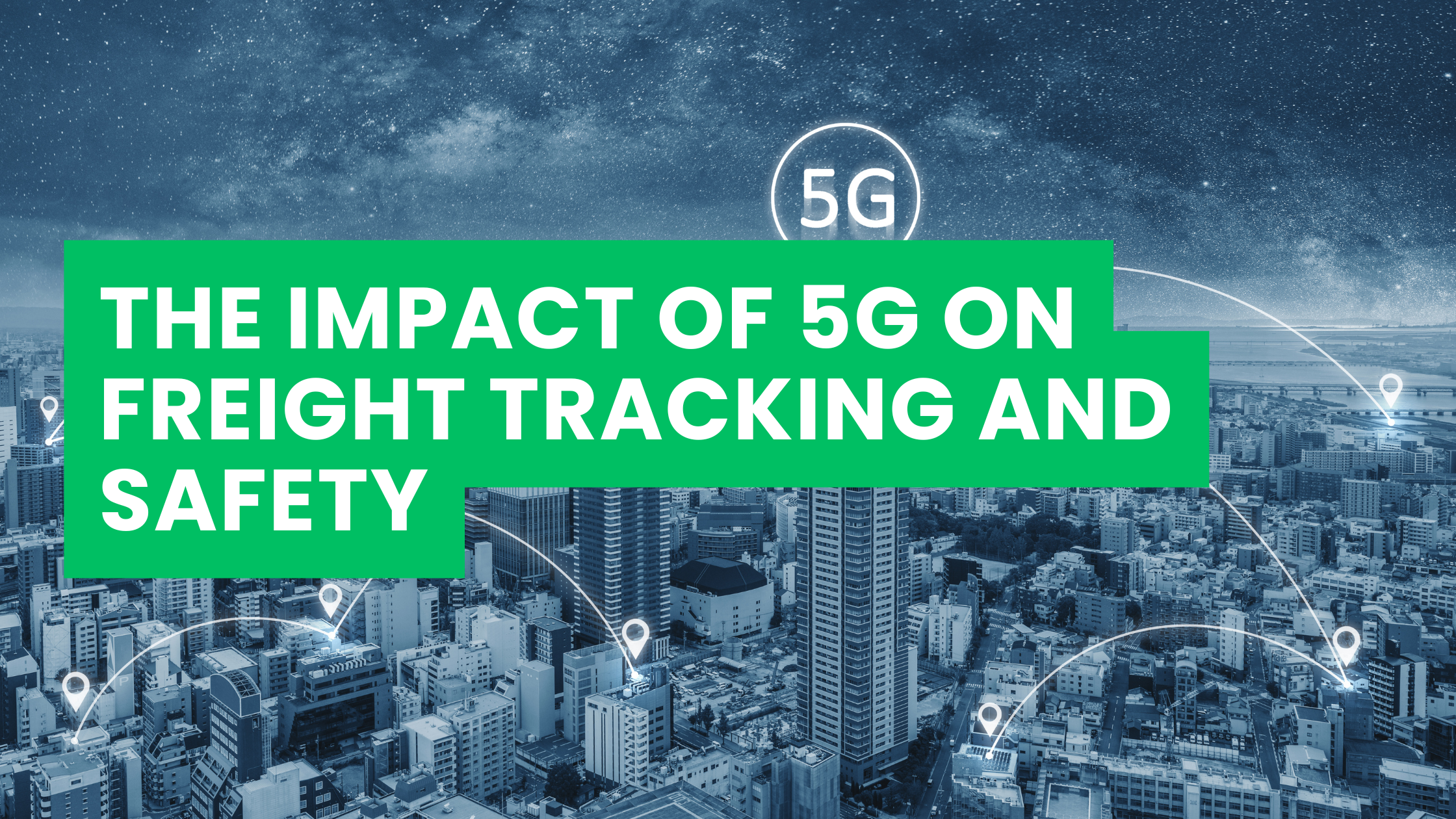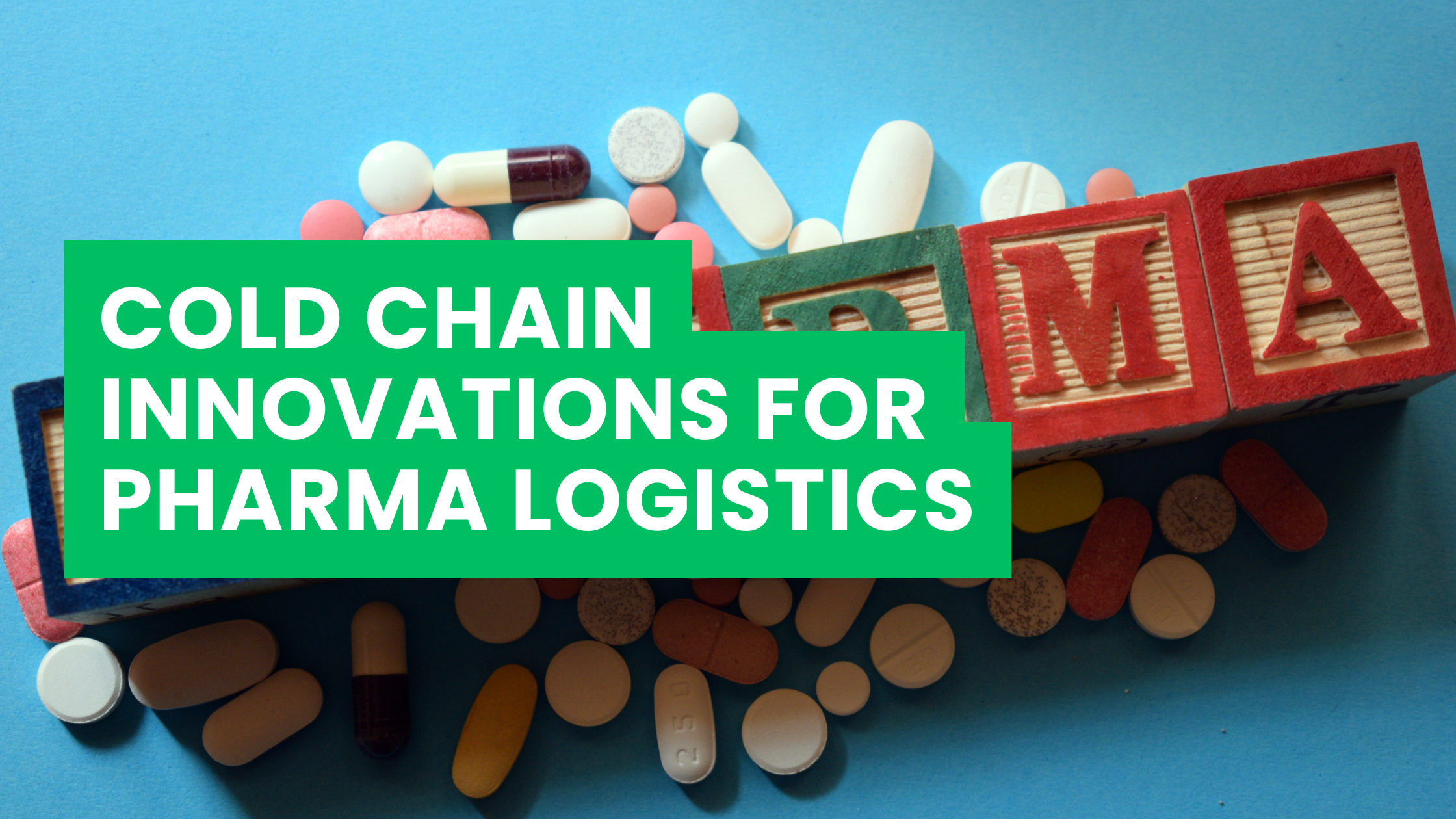Introduction
The logistics industry is undergoing a profound digital transformation. Traditional freight forwarding—long dependent on phone calls, emails, and paper documentation—is being disrupted by digital freight marketplaces. These platforms promise speed, transparency, and scalability, allowing shippers to book cargo space, compare rates, and manage shipments with just a few clicks.
For global businesses moving IT equipment, telecom infrastructure, renewable energy assets, or consumer goods, the rise of digital freight marketplaces raises important questions: How do these platforms work? What benefits do they bring? What risks should buyers consider? And how should procurement teams evaluate providers in a crowded and fast-changing market?
This guide from ASL International answers those questions, offering a practical roadmap for buyers seeking to leverage digital freight marketplaces effectively while safeguarding compliance, cost efficiency, and supply chain resilience.
What Are Digital Freight Marketplaces?
A digital freight marketplace is an online platform that connects shippers (companies needing to move goods) with carriers (airlines, shipping lines, trucking companies, or forwarders). Unlike traditional forwarding, where relationships and negotiations dominate, digital marketplaces emphasize:
- Instant rate comparison across multiple carriers.
- End-to-end booking and documentation through a web or app interface.
- Real-time visibility on shipment status.
- Data analytics to optimize routing, lead times, and costs.
Examples include Freightos, Flexport, Xeneta, Shipwell, Convoy, and Uber Freight, each targeting different modes or markets.
Why Digital Marketplaces Are Rising
Several macro-trends explain why digital freight platforms have gained traction:
- E-Commerce Boom – Online retail has created demand for fast, transparent shipping solutions.
- Globalization + Fragmentation – Companies source from multiple regions; traditional single-forwarder models no longer suffice.
- Supply Chain Shocks – From COVID-19 to Red Sea disruptions, companies need agile re-routing and pricing tools.
- Technology Advancements – APIs, IoT, blockchain, and AI make real-time visibility and predictive pricing possible.
- Cost Pressures – Procurement managers face scrutiny on freight spend, and marketplaces allow side-by-side cost comparison.
Key Benefits for Buyers
1. Transparency and Price Discovery
Instead of relying on a handful of forwarders, buyers can compare dozens of carriers in real time. This reduces information asymmetry and puts shippers in control.
2. Speed and Efficiency
Booking that once required multiple calls can now be completed in minutes. For time-sensitive cargo like IT servers, this speed can be critical.
3. Real-Time Tracking
Digital platforms often integrate IoT sensors or carrier APIs, providing updates from pickup to final delivery.
4. Flexibility Across Modes
Most marketplaces support multiple transport modes—sea, air, rail, and road—enabling shippers to balance speed, cost, and sustainability.
5. Data and Analytics
Marketplaces generate dashboards on cost per lane, CO₂ emissions, average lead times, and more, empowering smarter procurement decisions.
Limitations and Risks to Consider
While digital freight marketplaces offer compelling advantages, buyers must remain cautious:
- Commoditization vs. Relationships – Traditional forwarders often add value through personalized service, credit terms, and problem-solving. Marketplaces can sometimes oversimplify freight as a commodity.
- Hidden Fees – Some platforms show base rates but exclude surcharges, documentation fees, or destination charges.
- Compliance Gaps – Automated booking does not always guarantee proper handling of restricted goods, ITAR/EAR items, or dual-use equipment.
- Limited Coverage in Emerging Markets – While strong on major trade lanes, many platforms struggle in Africa, Central Asia, or frontier markets.
- Cybersecurity Risks – As with any digital solution, data breaches and system downtime remain concerns.
How Digital Marketplaces Compare to Traditional Forwarding
| Factor | Digital Freight Marketplace | Traditional Forwarder |
|---|---|---|
| Booking Speed | Minutes (instant quotes & booking) | Hours to days (email/phone) |
| Transparency | High – multiple carriers compared | Medium – depends on forwarder |
| Coverage | Strong in developed corridors, weaker in frontier markets | Strong local presence, niche routes |
| Service Quality | Standardized, tech-driven | Personalized, relationship-driven |
| Compliance Support | Limited automation, may miss complexities | Deep expertise in documentation & IOR |
| Data Analytics | Advanced dashboards & reporting | Often limited to static reports |
Key Features Buyers Should Evaluate
When considering a digital freight marketplace, procurement managers should assess:
- Global Coverage – Does the platform support your trade lanes, including emerging markets?
- Mode Integration – Can you manage sea, air, road, and rail within one dashboard?
- Customs & Compliance – Does the platform integrate with Importer of Record (IOR) services for high-tech or regulated cargo?
- Pricing Structure – Are rates truly all-inclusive, or will hidden surcharges appear later?
- Integration Capabilities – Can it connect to your ERP, TMS, or procurement system via APIs?
- Visibility & Tracking – Does it offer predictive ETAs, real-time IoT data, and disruption alerts?
- Customer Support – Is there a human team to resolve exceptions, or is it self-service only?
- Sustainability Metrics – Does it track carbon footprint and offer greener routing options?
Step-by-Step Guide for Buyers
Step 1: Define Freight Profile
- Analyze shipment volumes, key corridors, average cargo size, and frequency.
- Identify special requirements (e.g., temperature control, high-value IT servers, dual-use goods).
Step 2: Shortlist Platforms
- Start with 3–5 providers aligned with your corridors.
- Request demos and trial accounts.
Step 3: Compare Total Landed Costs
- Use identical shipment parameters to benchmark pricing across platforms.
- Factor in insurance, duties, taxes, and local charges.
Step 4: Evaluate Compliance & Risk Management
- Check whether the platform handles trade restrictions, import licenses, and certifications.
- Ask about partnerships with IOR/EOR providers like ASL International.
Step 5: Pilot and Scale
- Begin with low-risk shipments on major corridors.
- Expand usage once reliability and cost savings are proven.
Case Study: IT Equipment Imports into Africa
A global data center operator needed to move servers from Europe to Nigeria. Traditional forwarders provided opaque quotes with lead times of 6–8 weeks. By testing a digital freight marketplace, the buyer obtained instant rates, but hidden charges at destination created compliance risks.
Solution: Partnering with ASL International as an IOR provider, the company combined the marketplace’s speed with ASL’s compliance expertise. Result: lead times reduced by 30%, costs by 18%, and full regulatory clearance achieved.
The Future of Digital Freight Marketplaces
- AI & Predictive Logistics – Algorithms will forecast demand spikes, optimize carrier selection, and predict delays.
- Blockchain for Transparency – Smart contracts and tamper-proof documentation will reduce disputes.
- Sustainability Focus – Carbon tracking and green routing will become buyer priorities.
- Deeper Integration with IOR/EOR – Marketplaces will increasingly embed compliance and customs solutions, especially for high-tech trade.
How ASL International Supports Buyers
While digital freight marketplaces excel at speed and visibility, they are not a replacement for compliance expertise and local execution. That’s where ASL International adds value:
- Importer of Record Services in 120+ countries.
- Customs Compliance Expertise for IT, telecom, and renewable energy equipment.
- Last-Mile Logistics Support in frontier and emerging markets.
- Integrated Digital Tools to complement marketplace bookings with regulatory assurance.
By combining marketplace efficiency with ASL’s compliance and execution framework, buyers can achieve a balanced logistics strategy: transparent pricing, reduced lead times, and bulletproof compliance.
Conclusion
Digital freight marketplaces are no longer experimental—they are becoming central to modern logistics procurement. For buyers, they represent a powerful tool to achieve cost savings, agility, and transparency. But success depends on careful evaluation of features, compliance safeguards, and integration with trusted partners like ASL International.
The smartest buyers won’t choose between marketplaces and traditional forwarders; instead, they will blend both worlds—leveraging digital platforms for speed and transparency, while relying on IOR/EOR providers for compliance, risk management, and frontier market access.
In this new era of logistics, procurement managers who embrace digital freight marketplaces—without losing sight of regulatory obligations—will be best positioned to build resilient, efficient, and future-ready supply chains.
